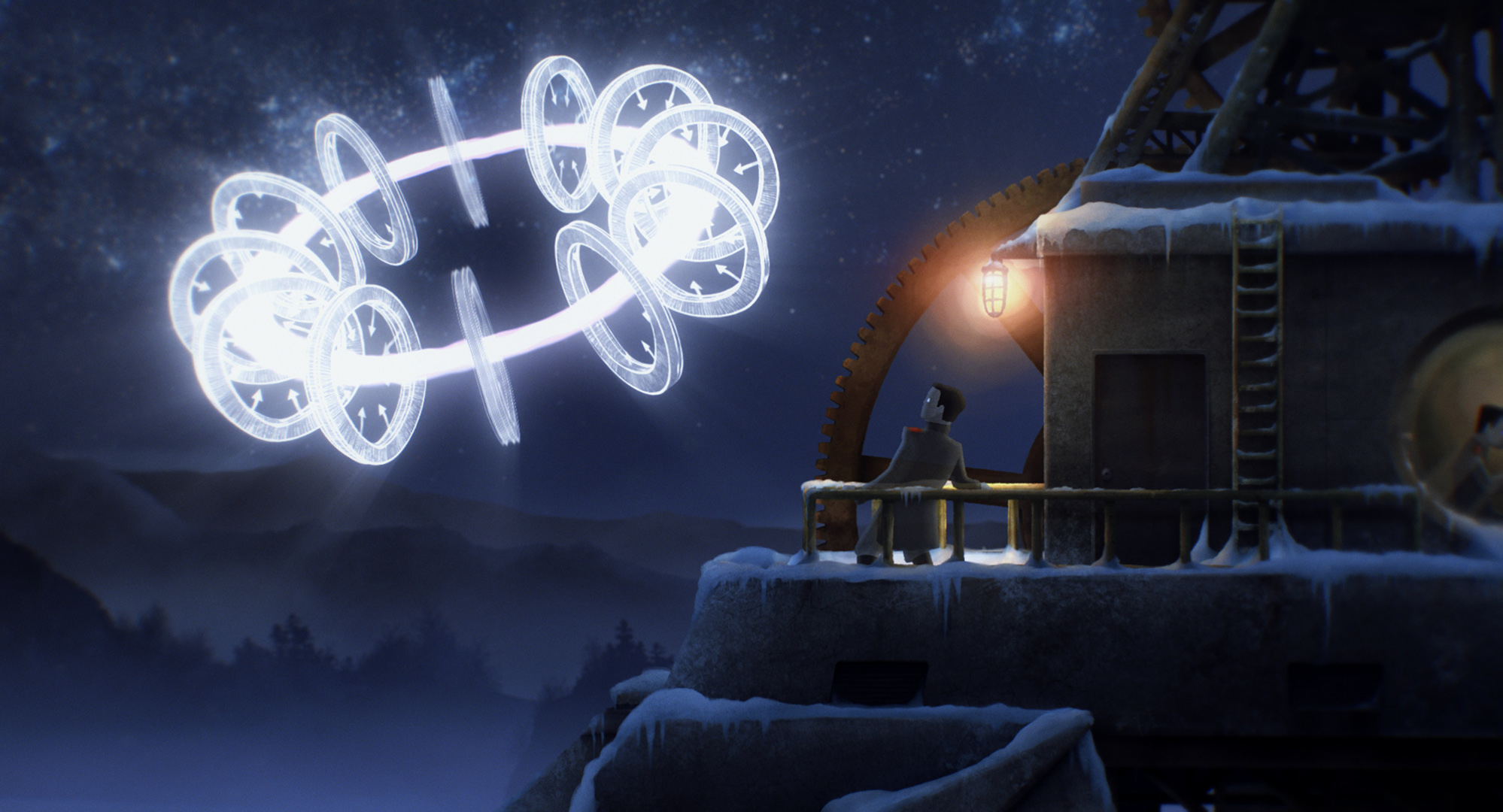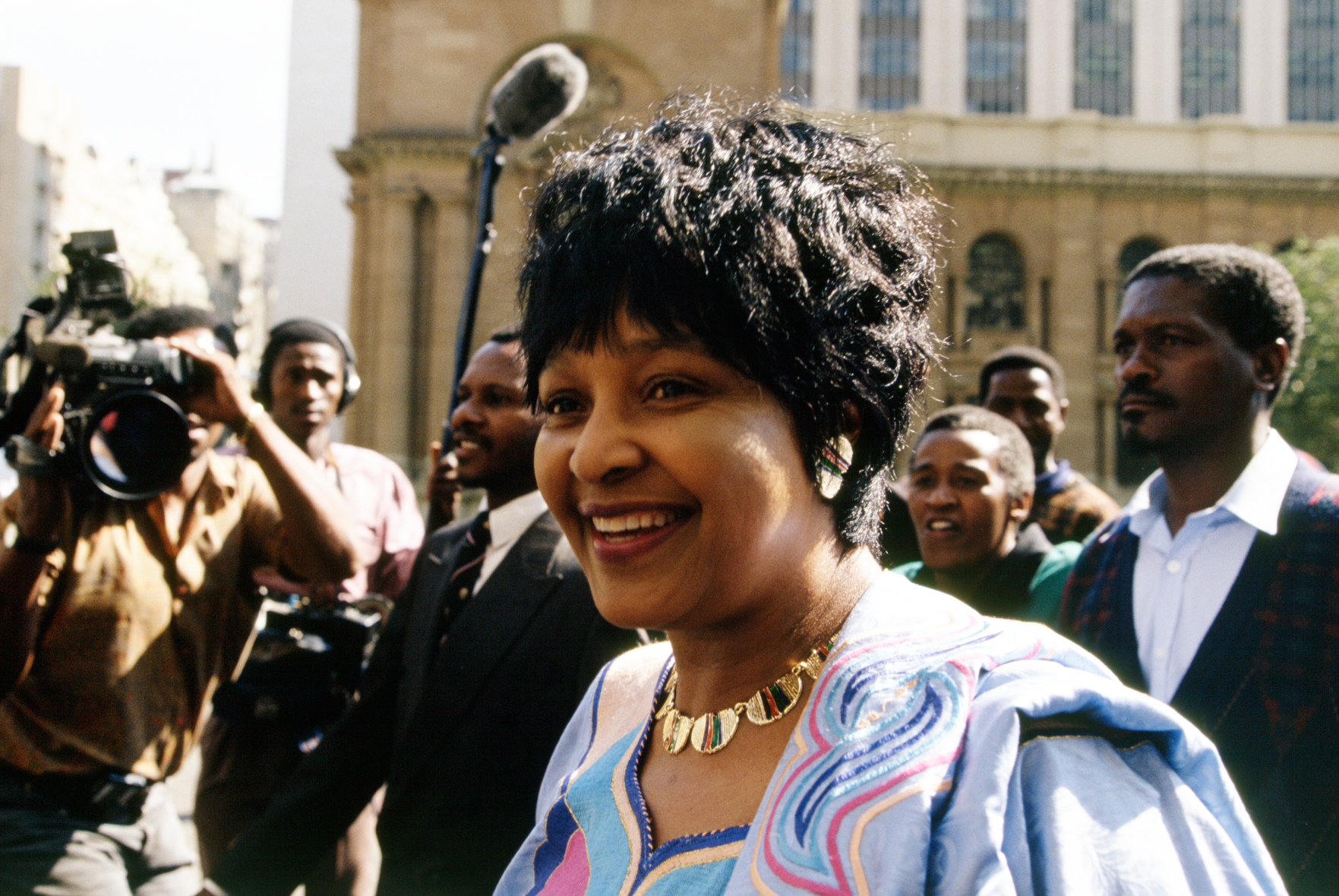Let There Be Light Review

“If we don’t crack fusion, then we are doomed”, says ITER physicist Mark Henderson, in Mila Aung-Thwin and Van Royko’s Let There Be Light. Unlike renewable sources, nuclear fusion is not considered a fashionable energy source, despite its lack of radioactive waste and the enormous quantity of energy it could provide. The title of this documentary invokes a biblical scale of invention. But if you are recreating a sun with the potential to save the future of mankind, the God-like terminology may actually be applicable.
In the South of France, roughly 50 miles north of Marseille, sits an enormous nuclear experiment. 37 countries are funding ITER and, if it manages to create energy from fusion, then our crisis with fossil fuels is at an end. Billions has been funnelled into this Tokamak invention, one of many possible methods to create nuclear fusion. There are alternatives, of course. Michel Laberge, founder of General Fusion, has another theory he is testing while, the smallest in scale, Eric Lerner of Focus Fusion, experiments within a small, old shop. The latter two don’t get the same substantial funding as ITER, but they are all searching for the “holy grail” of energy. Henderson compares their life’s goal as akin to Gaudi and the Sagrada Família, as the completion of such a magnificent achievement may not be in their lifetime. Let There Be Light informs, explores and naturally compares the different approaches. Considering fusion is not our current default choice of power, we wait with baited breath to see how close we are – or if it will ever happen at all. To ensure that the dense subject matter is accessible and engaging, directors Aung-Thwin and Royko employ smart, smooth animations to inform us of the variety of historical explorations into nuclear fusion. From the Russian tokamak to the American stellarator, and the interesting scientists, such as Ronald Richter and Andrei Sakharov (who were all funded greatly in their spurious and legitimate fusion tests in the 1950’s and 1970’s respectively), Let There Be Light ensures we know the complex details behind this mysterious source of power. Inevitably, funding becomes a grave issue as their research requires millions of dollars of investment, and below a certain level, it is unlikely they can even operate the machinery for fusion to ever occur. Can humans put their money and esteemed scientists into a foray that may impact the next generation more than the current one?
To ensure that the dense subject matter is accessible and engaging, directors Aung-Thwin and Royko employ smart, smooth animations to inform us of the variety of historical explorations into nuclear fusion. From the Russian tokamak to the American stellarator, and the interesting scientists, such as Ronald Richter and Andrei Sakharov (who were all funded greatly in their spurious and legitimate fusion tests in the 1950’s and 1970’s respectively), Let There Be Light ensures we know the complex details behind this mysterious source of power. Inevitably, funding becomes a grave issue as their research requires millions of dollars of investment, and below a certain level, it is unlikely they can even operate the machinery for fusion to ever occur. Can humans put their money and esteemed scientists into a foray that may impact the next generation more than the current one?
Let There Be Light globe hops between Russia, Argentina, France, Germany, America and further afield as we are dealing with one of the rare examples of cooperation, though politics does sometimes muddy the water. It is clear that, for decades of investment without a tangible and physical outcome except theoretical findings, politicians increasingly find it difficult to continue funding such a dream. Nevertheless, we see who does and who struggles, while a speech by Angela Merkel proves that some countries are aiming for the stars more so than others (Are the UK even investing in it?).
This is mistake-making on an enormous scale. In the early days, one man says “we had things blow up every day”, and of course, failed experiments are all part of scientific discovery. This infectious optimism in Let There Be Light lifts you to the same level of hope the scientists share and, by the final credits, when we see the current projections, you cannot help but be excited. It is a scientific gamble that is rooted in research, experiments and data. Surely, all this effort can’t be for nothing, can it? Those who have funded the endeavour (tax-payers money – so that’s you!), must wait to find out.
★★★★
Let There Be Light will be screening on the opening night of Hot Docs London on 21 September 2017.
SaveSave


